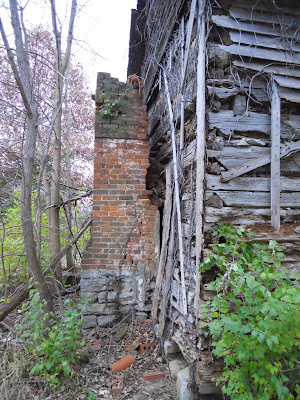Composed by Stephen Foster, 1850
Published by F. D. Benteen, Baltimore
Oh! Lemuel my lark,
Oh Lemuel my beau,
I's guine to gib a ball tonight
I'd hab you for to know;
But if you want to dance,
Just dance outside de door,
Becayse your feet so berry large
Dey'll cover all de floor.
Oh! Lem! Lem! Lem! Lemuel I say!
Go down to de cotton field,
And bring de boys away.
CHORUS:
Go down to de cotton field!
Go down, I say!
Go down and call de Nigga boys all,
We'll work no more today.
Oh! Lemuel my hope,
Oh! Lemuel my joy
I'll tell you who'll be at de ball
My woolly headed boy.
Dere's Nelly Bly, you know,
And Juliana Snow,
Dere's cane-brake Kitty likes de boys,
And she'll be sure to go.
Oh! Lem! Lem! Lem! Lemuel I say!
Go down to de cotton field,
And bring de boys away.
Oh! Lemuel is tall,
Oh! Lemuel is fair,
Oh Lemuel has gone today
To take de morning air.
He makes de fiddle hum,
He makes de banjo tum,
He rattles on de old jaw bone,
And beats upon de drum.
Oh! Lem! Lem! Lem! Lemuel I say!
Go down to de cotton field,
And bring de boys away.
Oh Lemuel my beau,
I's guine to gib a ball tonight
I'd hab you for to know;
But if you want to dance,
Just dance outside de door,
Becayse your feet so berry large
Dey'll cover all de floor.
Oh! Lem! Lem! Lem! Lemuel I say!
Go down to de cotton field,
And bring de boys away.
CHORUS:
Go down to de cotton field!
Go down, I say!
Go down and call de Nigga boys all,
We'll work no more today.
Oh! Lemuel my hope,
Oh! Lemuel my joy
I'll tell you who'll be at de ball
My woolly headed boy.
Dere's Nelly Bly, you know,
And Juliana Snow,
Dere's cane-brake Kitty likes de boys,
And she'll be sure to go.
Oh! Lem! Lem! Lem! Lemuel I say!
Go down to de cotton field,
And bring de boys away.
Oh! Lemuel is tall,
Oh! Lemuel is fair,
Oh Lemuel has gone today
To take de morning air.
He makes de fiddle hum,
He makes de banjo tum,
He rattles on de old jaw bone,
And beats upon de drum.
Oh! Lem! Lem! Lem! Lemuel I say!
Go down to de cotton field,
And bring de boys away.
























































